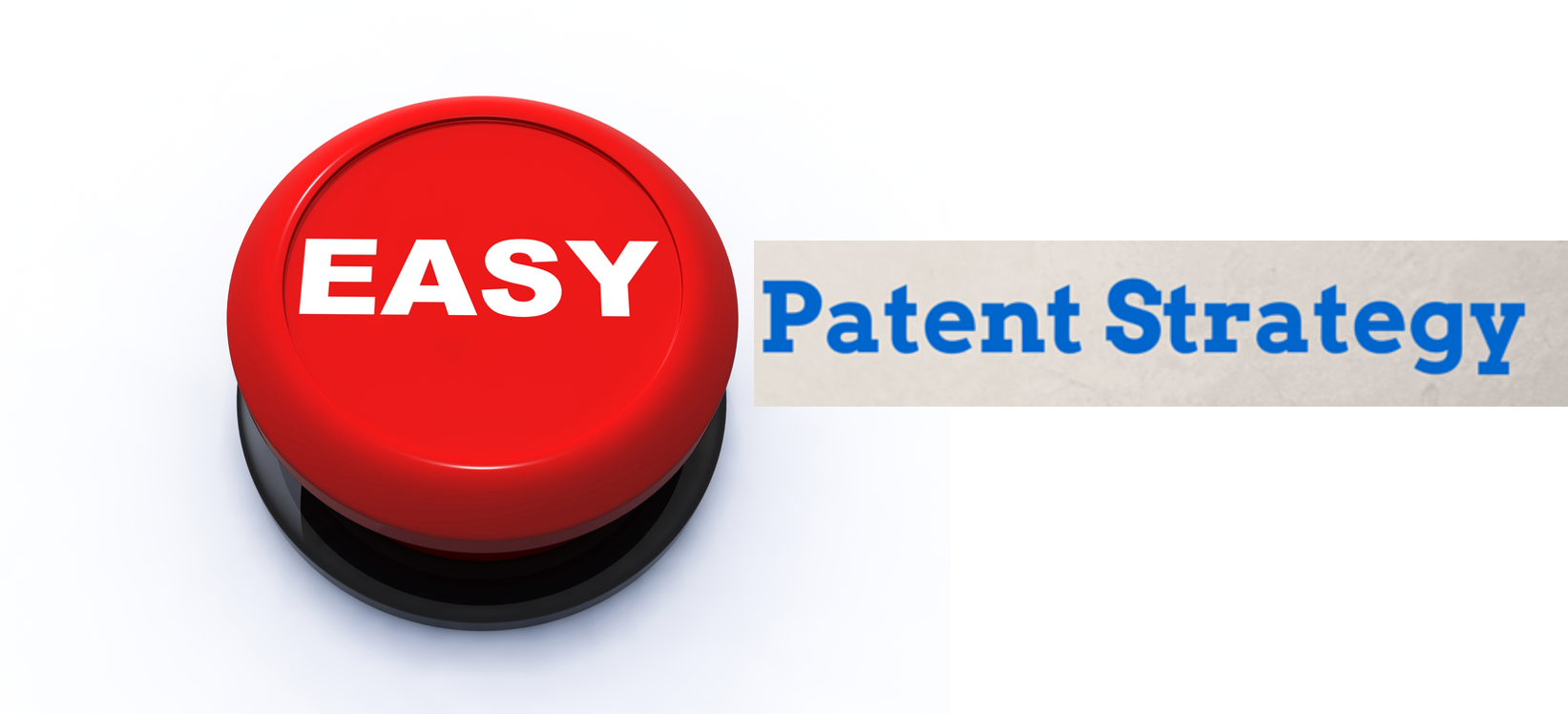Analysts say that 70% or more of corporate acquisitions will be judged “failures.” I believe that many of these failures can often be attributed to the failure of conventional due diligence processes to suitably account for the participation in patents in predicting long-term financial returns for the acquired company. One reason for this is that the due diligence process moves quickly as deals need to be closed, oftentimes sacrificing robust investigation of complex issues, such as patents. Also, you can’t see something that you’re not aware of, and I know that many business people are not aware of the value that patents bring to a company that is creating innovative products and technology.
Notably, rarely, if ever, is an after-the-fact analysis conducted of what happened to cause M&A failure. It follows that inadequate patent due diligence would likely never be seen to be the cause if this subject is not on the “radar screen” of M




 Last week, an en banc Federal Circuit (that is, the majority of the sitting judges, not just the usual three judge panel),
Last week, an en banc Federal Circuit (that is, the majority of the sitting judges, not just the usual three judge panel),  After more than 8 years, I can report that IP Strategy is an increasing focus at innovative companies, and there is a solid reason why this is so. By way of background, for many years, I have been part of a small minority of IP experts who advocate that companies desiring to maximize the value of their IP investments re-think the way they seek and obtain patents. In short, I and my IP Strategist peers urge companies to wrest control of their “IP destiny” from their legal service providers who have traditionally been seen as the primary drivers of the patenting process for their clients. Of course, readers of my regular ruminations know that my strongly held view is that “t
After more than 8 years, I can report that IP Strategy is an increasing focus at innovative companies, and there is a solid reason why this is so. By way of background, for many years, I have been part of a small minority of IP experts who advocate that companies desiring to maximize the value of their IP investments re-think the way they seek and obtain patents. In short, I and my IP Strategist peers urge companies to wrest control of their “IP destiny” from their legal service providers who have traditionally been seen as the primary drivers of the patenting process for their clients. Of course, readers of my regular ruminations know that my strongly held view is that “t I recently finished an IP Strategy engagement with major consumer products corporation, where I interfaced with the head of New Product Development and Innovation Strategy. This company is embarking on a major shift in the way it brings products to market. In short, the company is transitioning from one that introduces new products with incremental improvements into the market on a regular basis, to one that focuses more on innovation. For this client, this strategy will mean that a significant portion of its product development efforts will be focused on solving unmet and identifying emerging customer needs, with the ultimate goal of introducing truly innovative consumer products that will be successful in the marketplace.
I am sure that my client's new products will be found to be highly desirable to their consumers: the
I recently finished an IP Strategy engagement with major consumer products corporation, where I interfaced with the head of New Product Development and Innovation Strategy. This company is embarking on a major shift in the way it brings products to market. In short, the company is transitioning from one that introduces new products with incremental improvements into the market on a regular basis, to one that focuses more on innovation. For this client, this strategy will mean that a significant portion of its product development efforts will be focused on solving unmet and identifying emerging customer needs, with the ultimate goal of introducing truly innovative consumer products that will be successful in the marketplace.
I am sure that my client's new products will be found to be highly desirable to their consumers: the

